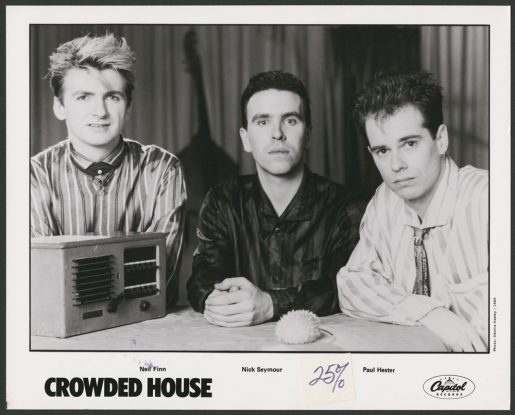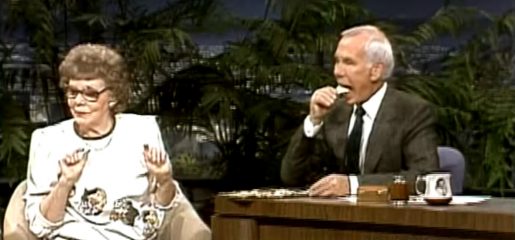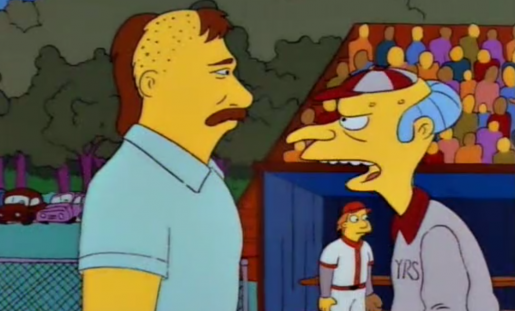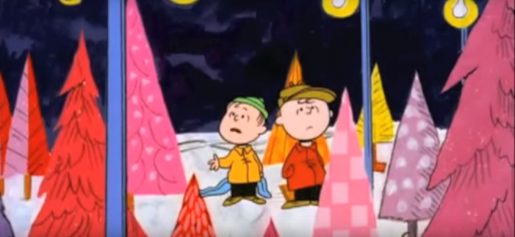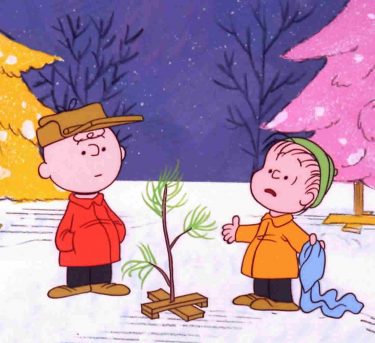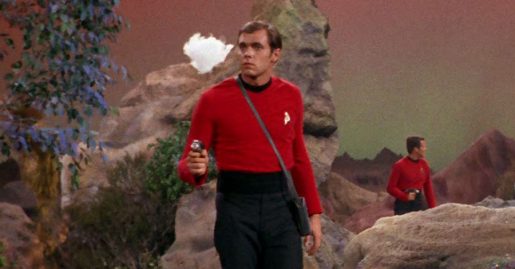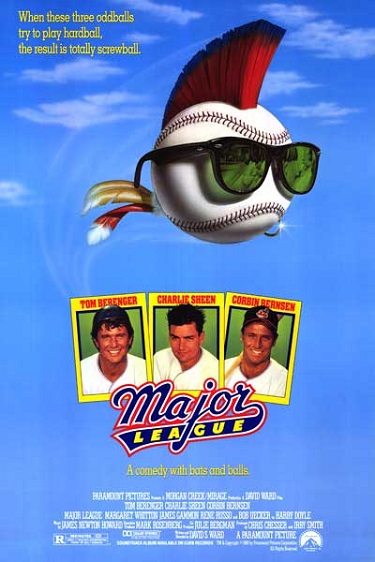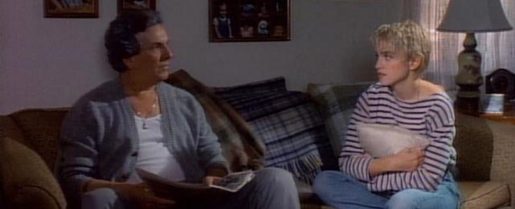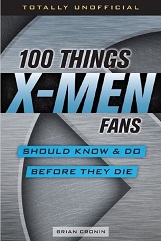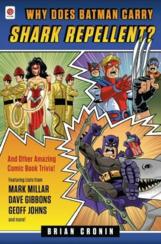Were Gary Cooper’s Batting Scenes Reversed in Pride of the Yankees?
Here is the latest in a series of examinations into urban legends about movies and whether they are true or false. Click here to view an archive of the Movie urban legends featured so far.
MOVIE LEGEND: Gary Cooper batting right-handed led to them reversing the film in Pride of the Yankees to make it look like he was batting left-handed
The Pride of the Yankees is a 1942 hit film (also a critically acclaimed film) about the life of New York Yankee great, Lou Gehrig.

Lou Gehrig had a Hall of Fame career as the “2” half of the 1/2 punch that was Ruth and Gehrig in the 1920s’ Yankee lineup, with Babe Ruth batting 3rd in the lineup and Gehrig batting 4th (they helped make up the so-called “Murderer’s Row” of the 1927 Yankees, also containing Hall of Famers Earle Combs and Tony Lazzeri batting at the 1st and sixth positions – #5 hitter Bob Meusel actually led the league in home runs in 1923!).
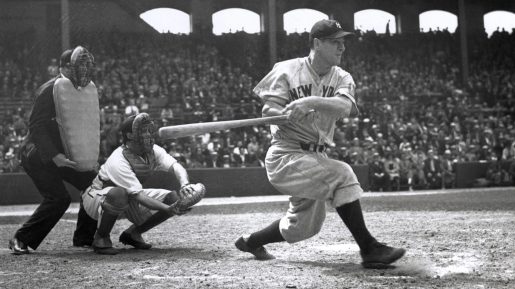
In the film, Gehrig, who retired at the age of 36 because of a debilitating disease (amyotrophic lateral sclerosis (ALS), which is now most commonly known as “Lou Gehrig’s Disease”) that killed him two years later, was played by screen idol, Gary Cooper.
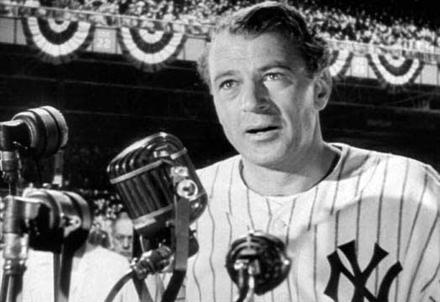
The only problem was, Lou Gehrig batted and threw with his left hand.
Cooper, though, was right-handed.
It seemed like a pretty mighty fine impasse (as recreations for the film would be obvious that the person hitting the ball was not Cooper), until director Sam Wood came up with an ingenious solution. He would simply flip the shots, with Cooper wearing a jersey with the team name written in reverse on his chest.
However, those were only used in certain close-ups and in scenes where Cooper threw the ball. As Cooper recalled years later, “To remedy this in close-ups, the letters on my uniform were reversed as in mirror writing, and the film was processed with the back side to the front. My right hand thus appeared to be my left.”
The batting scenes, however, were NOT done in that fashion. Cooper just faked batting left-handed as best as he could.
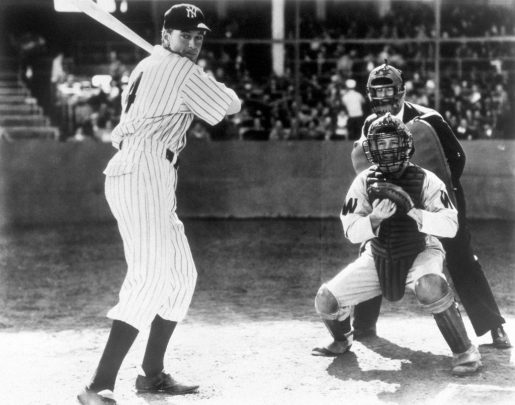
As it turns out, while you can passably learn how to hit a ball left-handed if you bat right-handed, you really can’t fake throwing it. So it was just in the THROWING scenes that they reversed the film. The batting scenes were all done like normal filmed scenes (no reversed jersey numbers or anything).
So the legend is surprisingly, for the most accepted version of the story…
STATUS: False (just with some truthiness mixed in there)
Thanks to Tom Shieber for doing the research and discovering the truth on this one. Check out his extensive research here.
Feel free (heck, I implore you!) to write in with your suggestions for future installments! My e-mail address is bcronin@legendsrevealed.com.
Tags: Gary Cooper, Lou Gehrig, Pride of the Yankees
July 19th, 2017 | Posted in Movie Legends Revealed | No Comments



